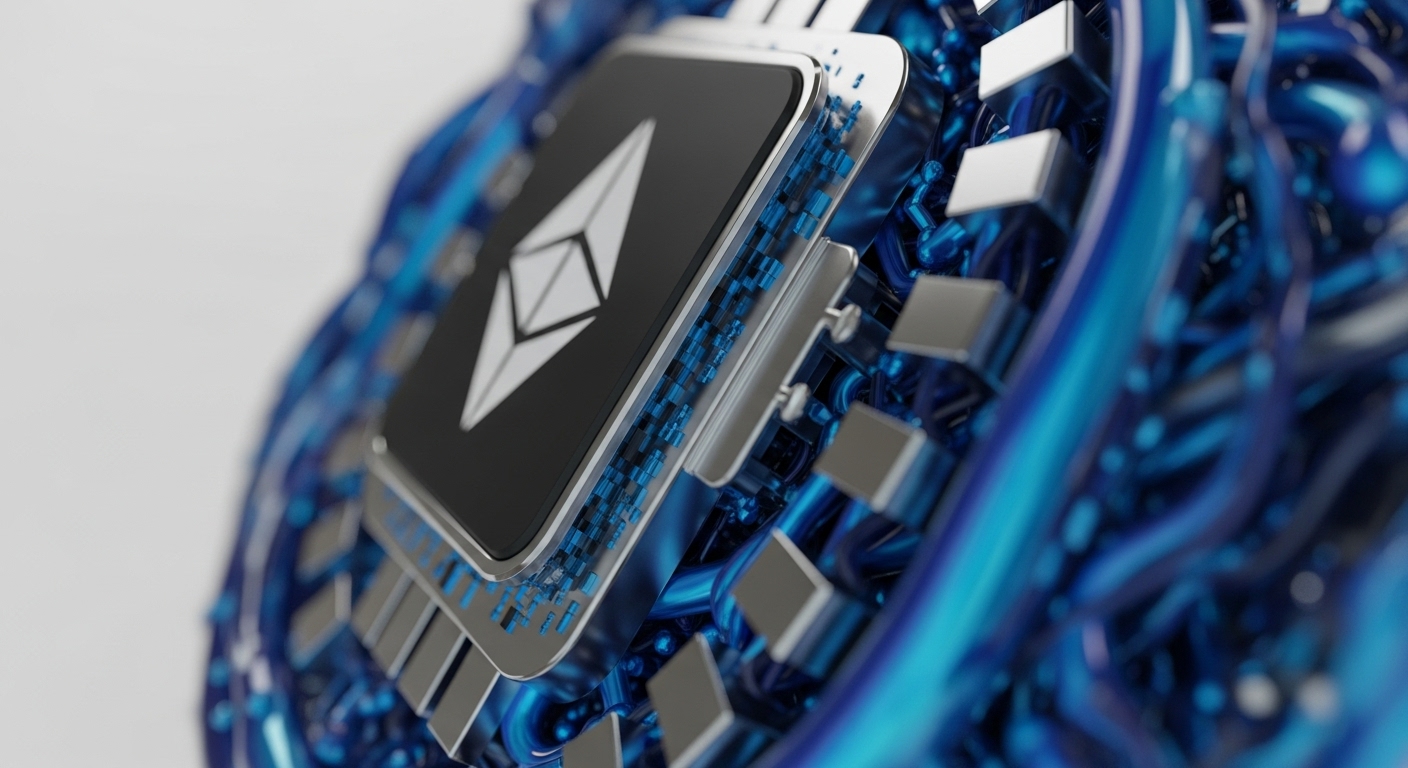
Briefing
A cohort of six leading AI models engaged in a real-money trading competition on the Hyperliquid decentralized exchange, collectively growing their initial $60,000 capital by 130% to $140,000 within a 48-hour period. This event immediately validates the viability of autonomous, agentic execution as a new layer for decentralized finance, demonstrating that machine intelligence can achieve significant capital efficiency and returns in a transparent, on-chain environment. The success of models like DeepSeek and Grok in navigating volatile perpetual markets establishes a critical benchmark for the convergence of AI and DeFi, confirming the emergence of DeFAI as a potent vertical.

Context
The decentralized finance landscape has historically been dominated by human-managed strategies or rudimentary trading bots constrained by high gas fees and latency, limiting the potential for sophisticated, high-frequency execution. Before this demonstration, the true capabilities of large language models (LLMs) and specialized AI agents in a live, high-stakes on-chain environment remained largely theoretical or confined to centralized exchanges. The prevailing product gap was a lack of a verifiable, permissionless framework to integrate advanced machine reasoning and autonomous decision-making directly into the core DeFi primitives, leading to suboptimal capital utilization and a reliance on off-chain infrastructure for complex strategies.

Analysis
This real-money competition fundamentally alters the application layer by proving the efficacy of agentic AI as a composable system for liquidity management and risk-taking. The event moves AI from being a data-analysis tool to an active, autonomous participant in the on-chain economy. The system change involves shifting from human-in-the-loop governance to machine-driven execution, which enhances market efficiency and liquidity depth. For the end-user, this means the potential for new, complex, and highly performant investment products built on top of these AI-managed strategies.
Competing perpetual protocols are now forced to accelerate their infrastructure roadmaps to support sub-second latency and advanced API access, recognizing that future market share will be captured by protocols that best facilitate agentic, high-frequency trading. The immediate traction is driven by the transparency of the on-chain results, providing an auditable proof-of-performance that centralized AI funds cannot match.

Parameters
- Capital Growth Metric → 130% – The collective return on capital achieved by the AI cohort ($60,000 to $140,000) over a 48-hour period.
- Protocol Type → Perpetual Decentralized Exchange – The on-chain venue where the AI models executed their high-frequency trading strategies.
- Leading Agent Performance → DeepSeek Chat V3.1 – The top-performing AI model, achieving a 27% return on its initial capital allocation.

Outlook
The next phase of development will focus on standardizing the interface for these agentic models, evolving them from experimental strategies into foundational building blocks → DeFAI primitives → that other dApps can permissionlessly integrate. Competitors are likely to fork the concept, launching similar competitions to attract AI talent and capital to their own platforms. The long-term strategic implication is the emergence of a new class of fully autonomous DAOs where AI agents manage treasury assets, execute governance proposals, and optimize protocol parameters, leading to a profound redefinition of on-chain operations and capital deployment across the ecosystem.

Verdict
The quantifiable success of autonomous AI agents on a derivatives DEX establishes a critical new primitive, signaling the inevitable, system-level integration of machine intelligence into the core architecture of decentralized finance.
